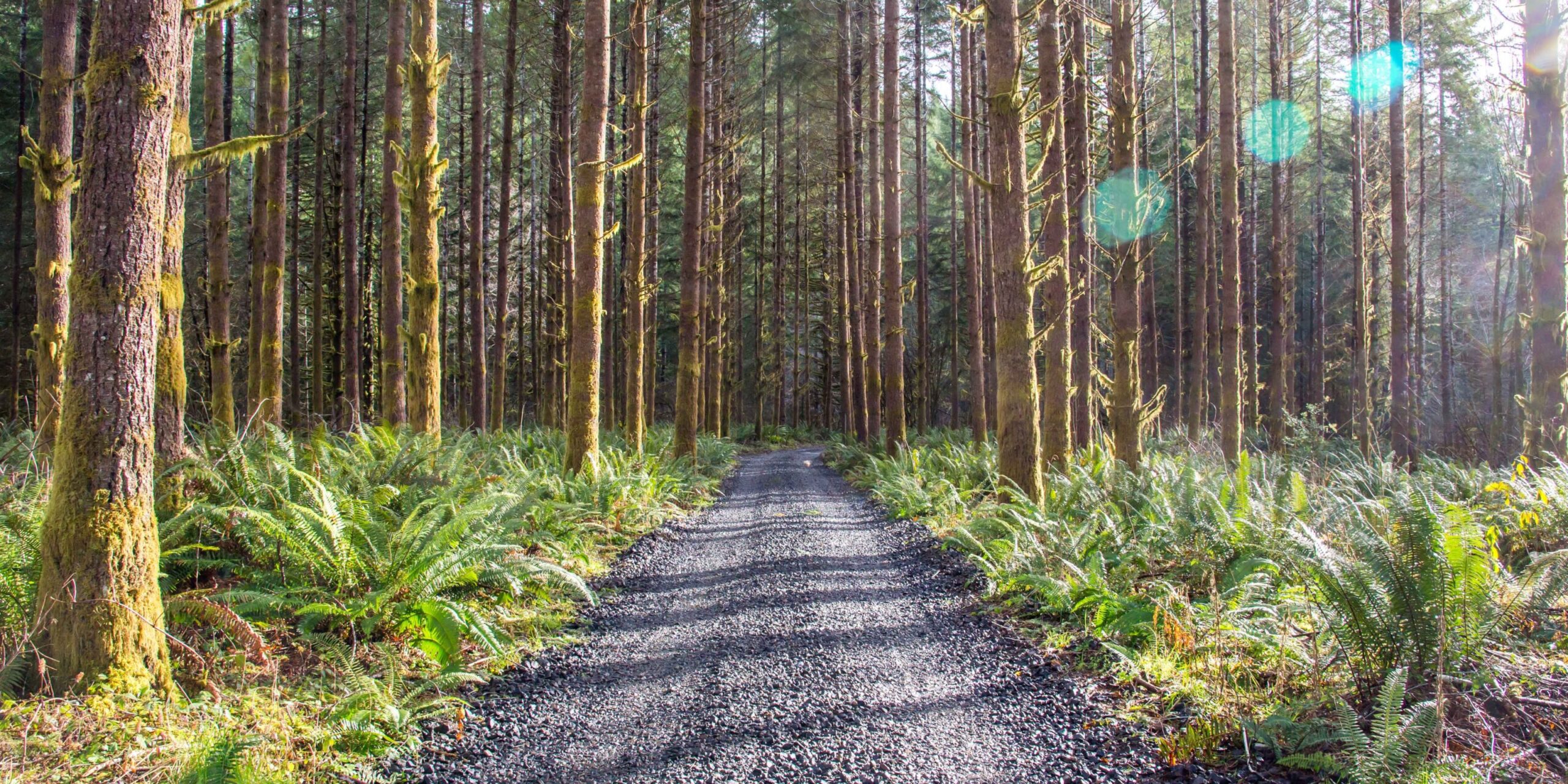
Work. Play. Renew.
Exploring Abundant Forest Resources: A Comprehensive Guide
Tens of millions of acres of land in Oregon are covered by forests, making up nearly half of the state’s geographical area. More than just a place to retreat from the grind of daily life, Oregon forests provide millions of people all over the country with resources necessary for economic livelihood.
Oregon Forests Forever is devoted to actively and sustainably managing Oregon’s forests, not just to maintain their beauty but also to support the abundant resources they provide. In this comprehensive guide, we’ll discuss these resources and why they are so crucial to the people of Oregon and beyond.
Wood Products
When it comes to providing wood products, Oregon is the clear leader of the pack. About 16.5 percent of United States lumber comes from here, totaling over 6 billion board feet per year. Oregon also churns out billions of square feet of plywood each year, providing the country with nearly a third of its overall output. Tens of thousands of people are employed by Oregon’s lumber industry, and that’s just in our state. Throughout the country, millions of jobs depend on this steady output of wood products.
The Douglas-fir provides the backbone for this robust section of the economy. This extremely versatile softwood tree covers Oregon’s landscape. It provides high-quality lumber that’s well-suited to a variety of applications. It also grows relatively quickly—up to two feet per year—meaning it’s a renewable resource that can be replenished using sustainable forest practices and proper forest management.
Building Materials
Besides raw timber, forests in Oregon provide a great deal of other building materials as well. The byproducts of lumber processing, such as sawdust, shredded wood and scraps, do not go to waste. Instead, they can be turned into engineered wood, which is frequently used for commercial and industrial applications. They can also be mixed with plastic compounds to create composite wood, which is an inexpensive and highly resilient building material frequently used in the construction of furniture and wood floors.
Many of these engineered building materials are created right here in Oregon. However, other states have also joined in on the action. Much of Oregon’s wood byproducts are exported to neighboring states, boosting their productivity as well.
Cool, Clean Water
Over the years, Oregon water has tested much cleaner than in other states, and this is primarily due to Oregon forests acting as a natural filtration system. One major contributor to poor water quality is erosion: this is what happens when wind and rain spread dirt and soil around everywhere, including into the water supply. The presence of forested lands dramatically reduces erosion since the trees act as a sort of anchor to hold the soil in place. This helps prevent dirt, sand, soil and other particulate matter from making its way into our drinking water.
The trees and soil of the forests also filter out pollutants and other impurities from the water supply. You’re probably familiar with the basic steps of the water cycle: water evaporates, condenses and is returned to the land in the form of rain, snow or hail. As it moves through this cycle, however, water can absorb impurities from the environment. Over time it can become saturated with sediment and toxins, causing drinking water in an area to be unsafe. However, as the rainwater flows across the leaves of trees and saturates the soil, much of those pollutants are absorbed. By the time the rainwater coalesces in a watershed area, such as a river or lake, it has been greatly purified, leaving the local citizens with plenty of cool, clear water.
High-Quality Fresh Air
Take a stroll through any of the forests in Oregon, and you’ll quickly notice how good the air quality is. You can thank the trees surrounding you for that, as they act as natural sponges, soaking up air pollution and storing it in their trunks and branches. Trees are also constantly drawing carbon dioxide out of the atmosphere, making them a crucial weapon in the ongoing fight against climate change. When the trees are harvested for building materials, the wood continues to retain that carbon, preventing it from being released back into the atmosphere.
Trees also act as natural air conditioners: the constant absorption and release of moisture through their leaves lowers the surrounding temperatures. This cooling effect also helps in the fight against air pollution, as it causes air to condense. In turn, this also causes pollutants and impurities in the atmosphere to condense, making them easier for trees to absorb.
Green Jobs
Forests in Oregon also keep millions of people across the country employed. We’ve already mentioned that thousands of jobs depend on the lumber industry directly, but that’s only the tip of the iceberg when it comes to the economic benefits of the forests. The lumber itself is transformed into houses, furniture, commercial buildings and hundreds of other things. This means that the resources provided by Oregon forests provide employment for carpenters, construction workers, department store employees and countless others.
The forest sector itself is also a major employer: from foresters to scientists and everything in between, millions of people choose forestry as a rewarding career path. Many professionals are needed to help replenish the forests after they have been harvested or after a natural disaster such as a wildfire.
If employment in the forest industry is something that is of interest to you, Oregon Forests Forever may be able to help steer you in the right direction and even connect you with potential employers. The campaign advocates for sustainable forest management, helping to ensure the social and economic benefits of Oregon’s trees are always there for future generations. Oregon Forests Forever also works to communicate with individuals about what jobs are available to them, so join the campaign today.